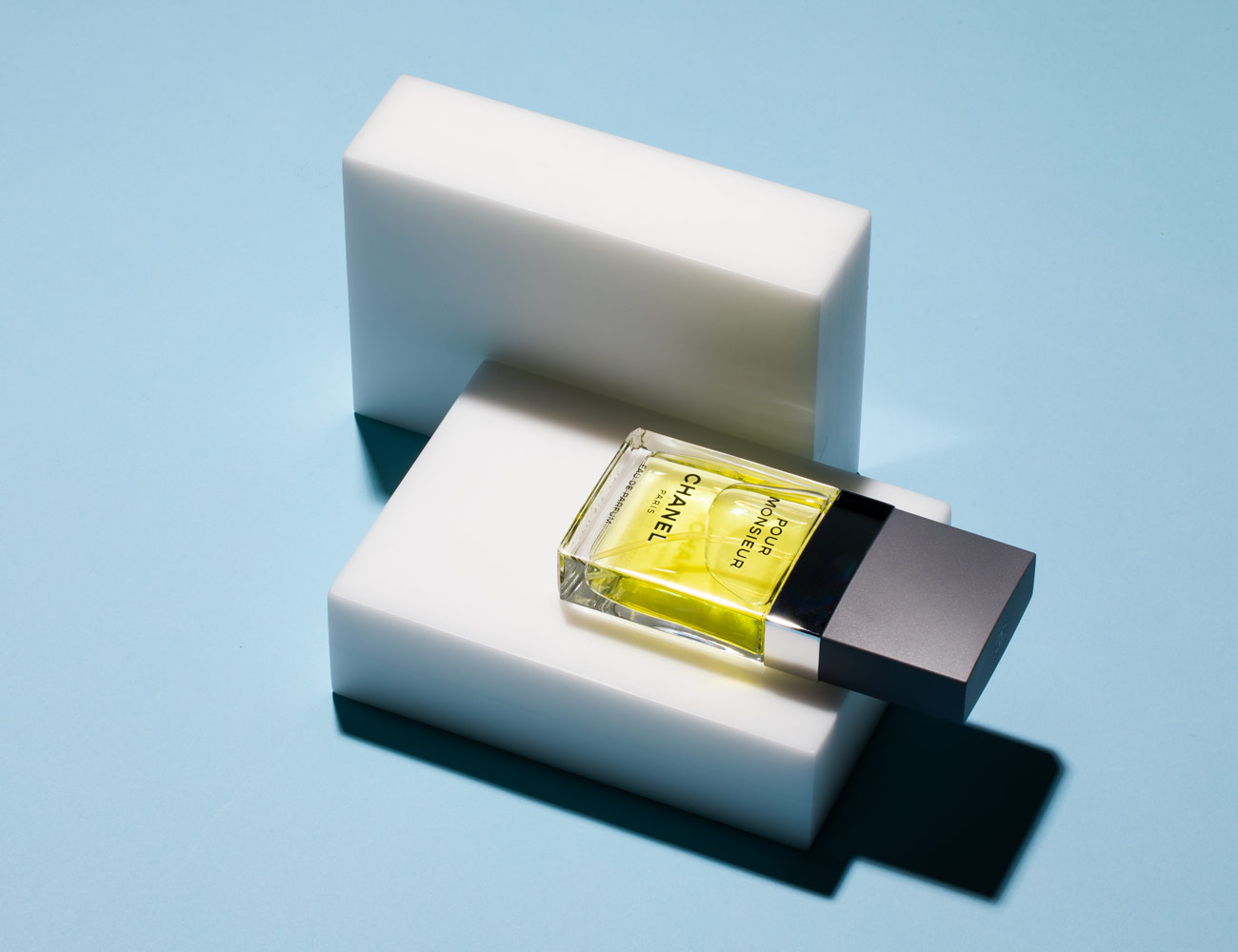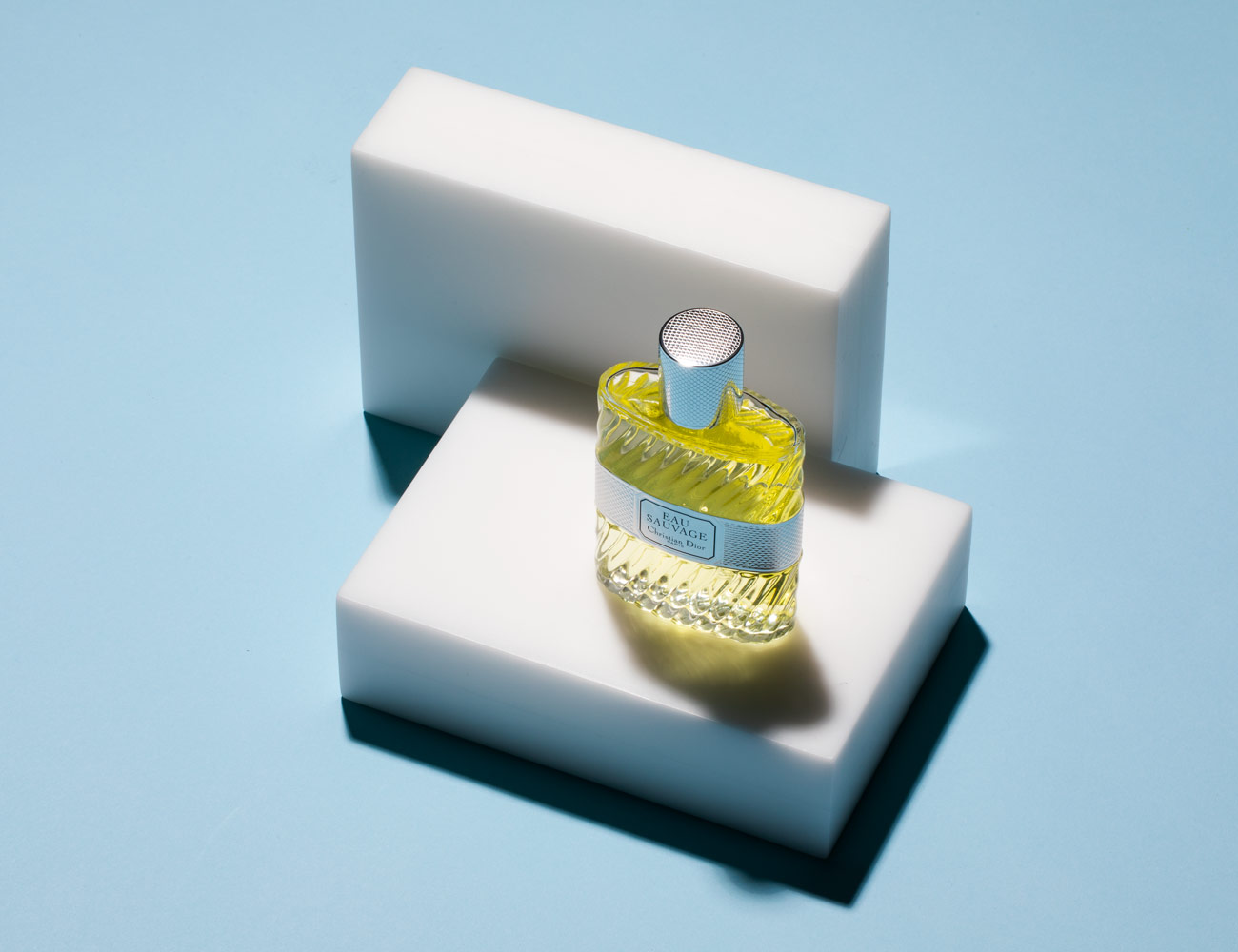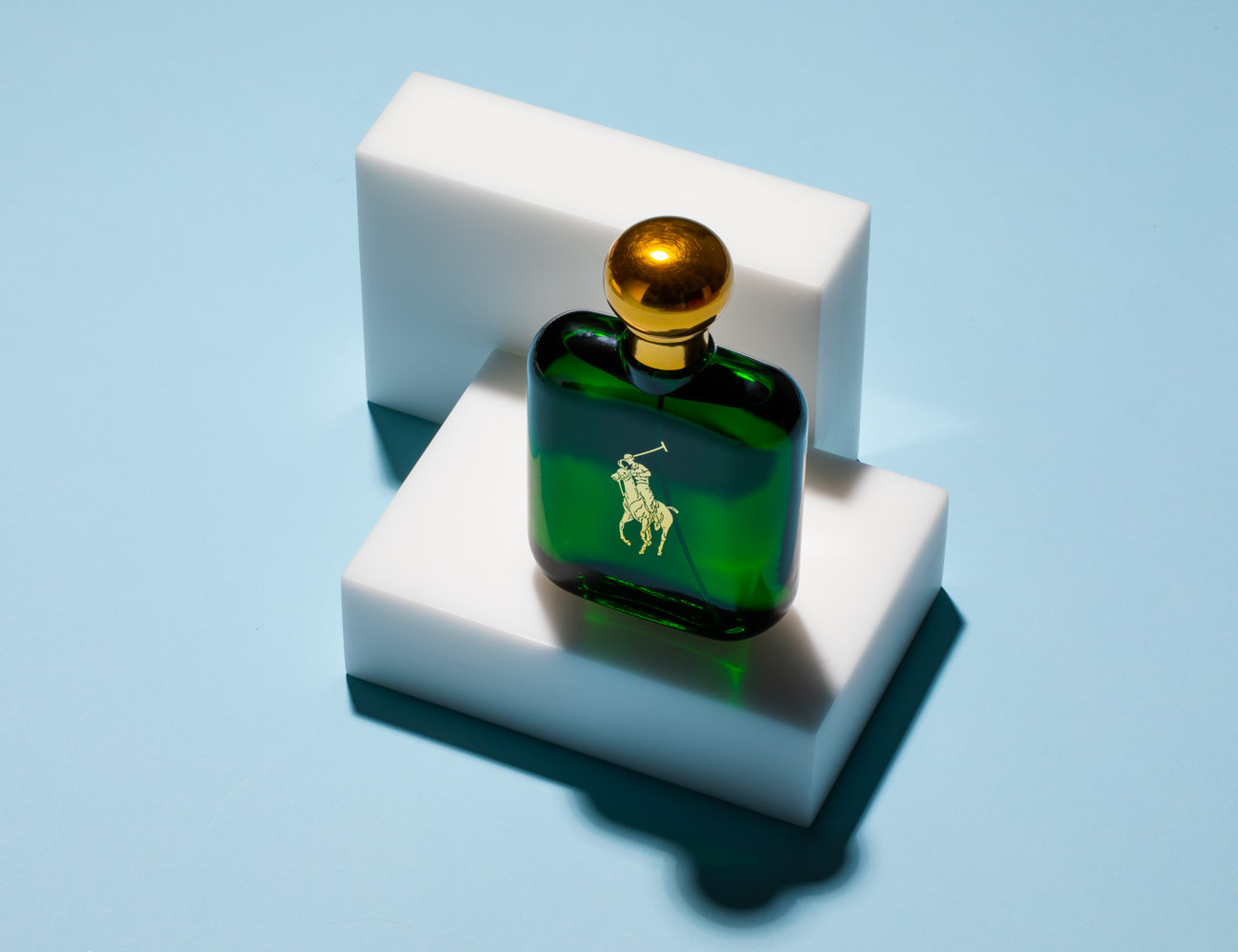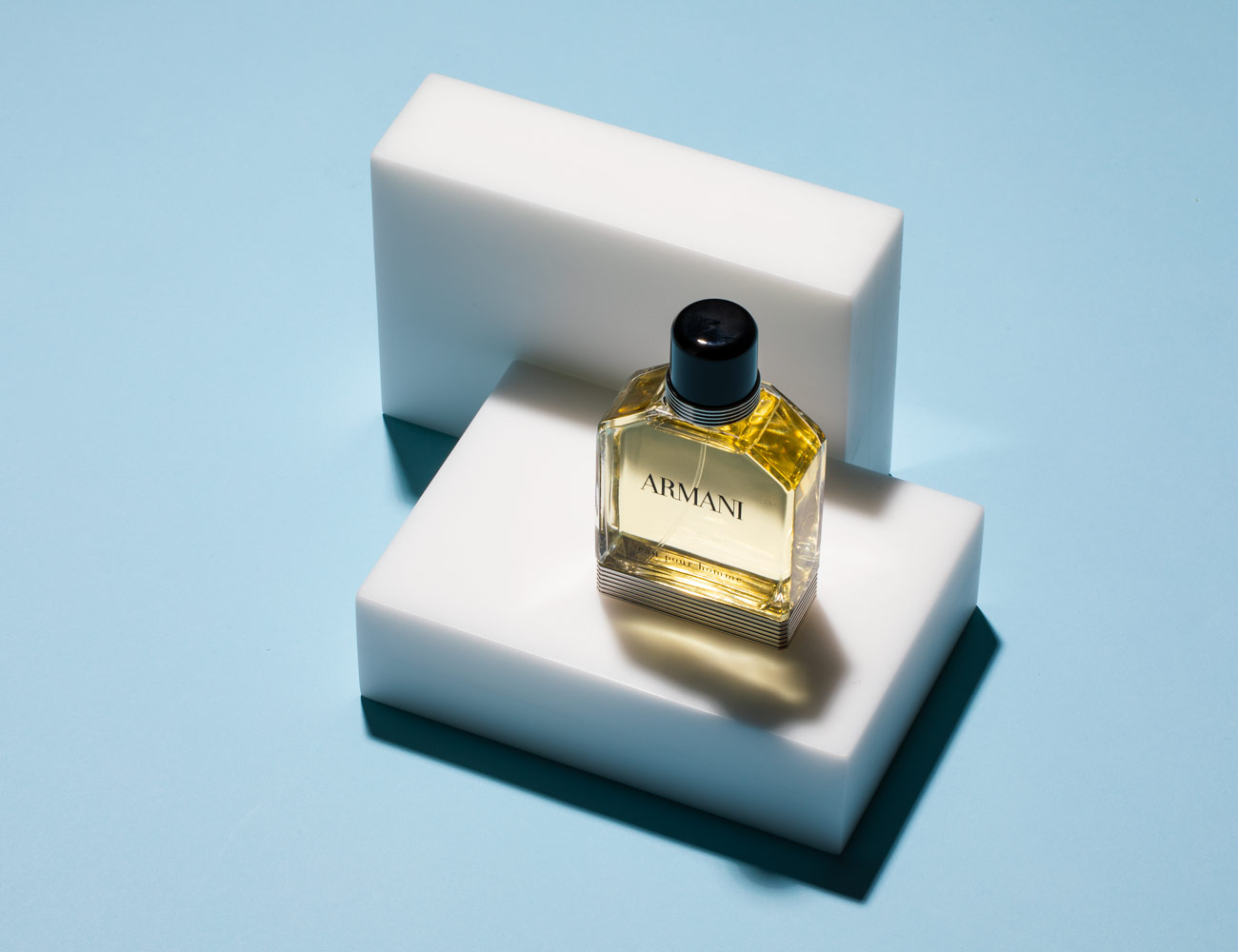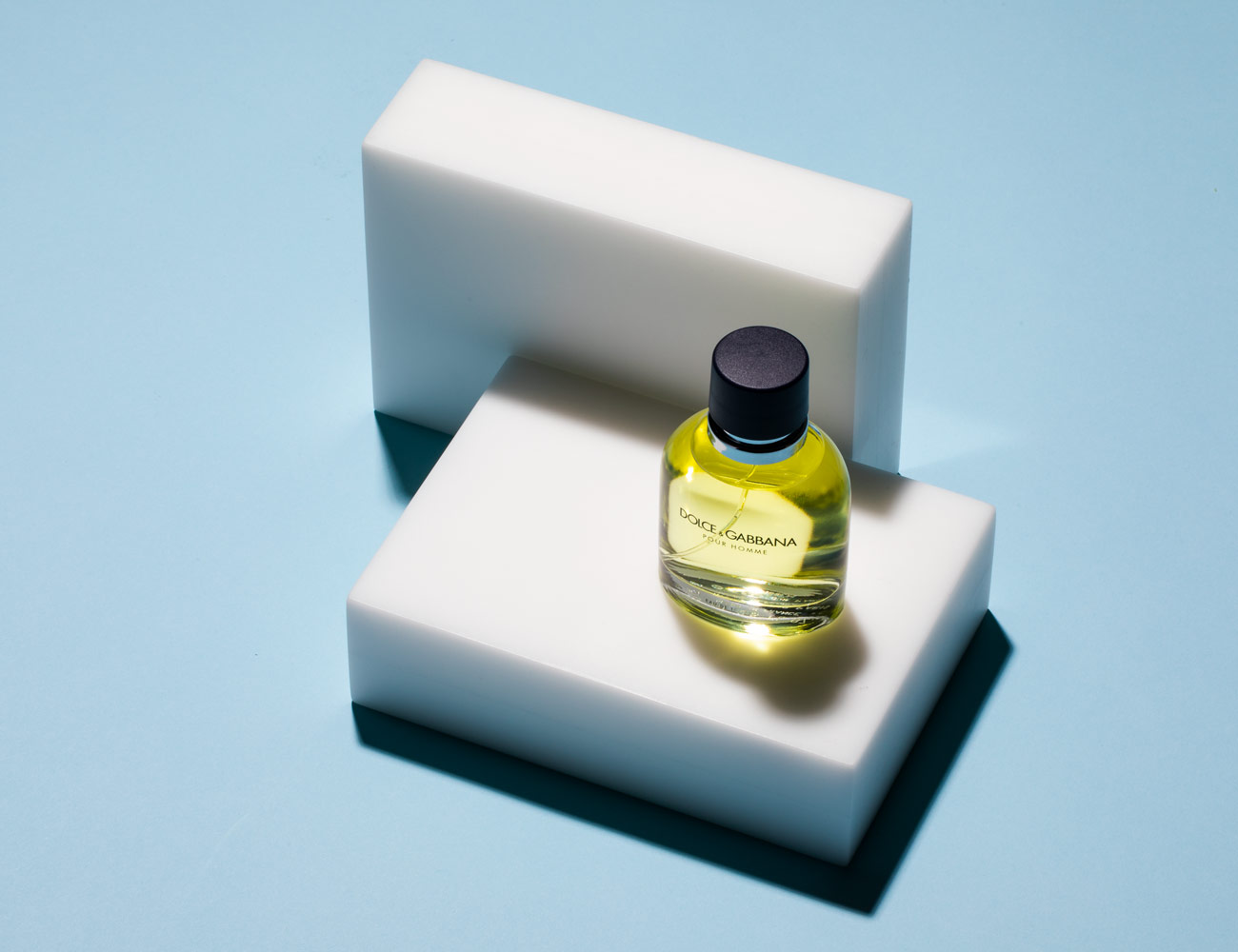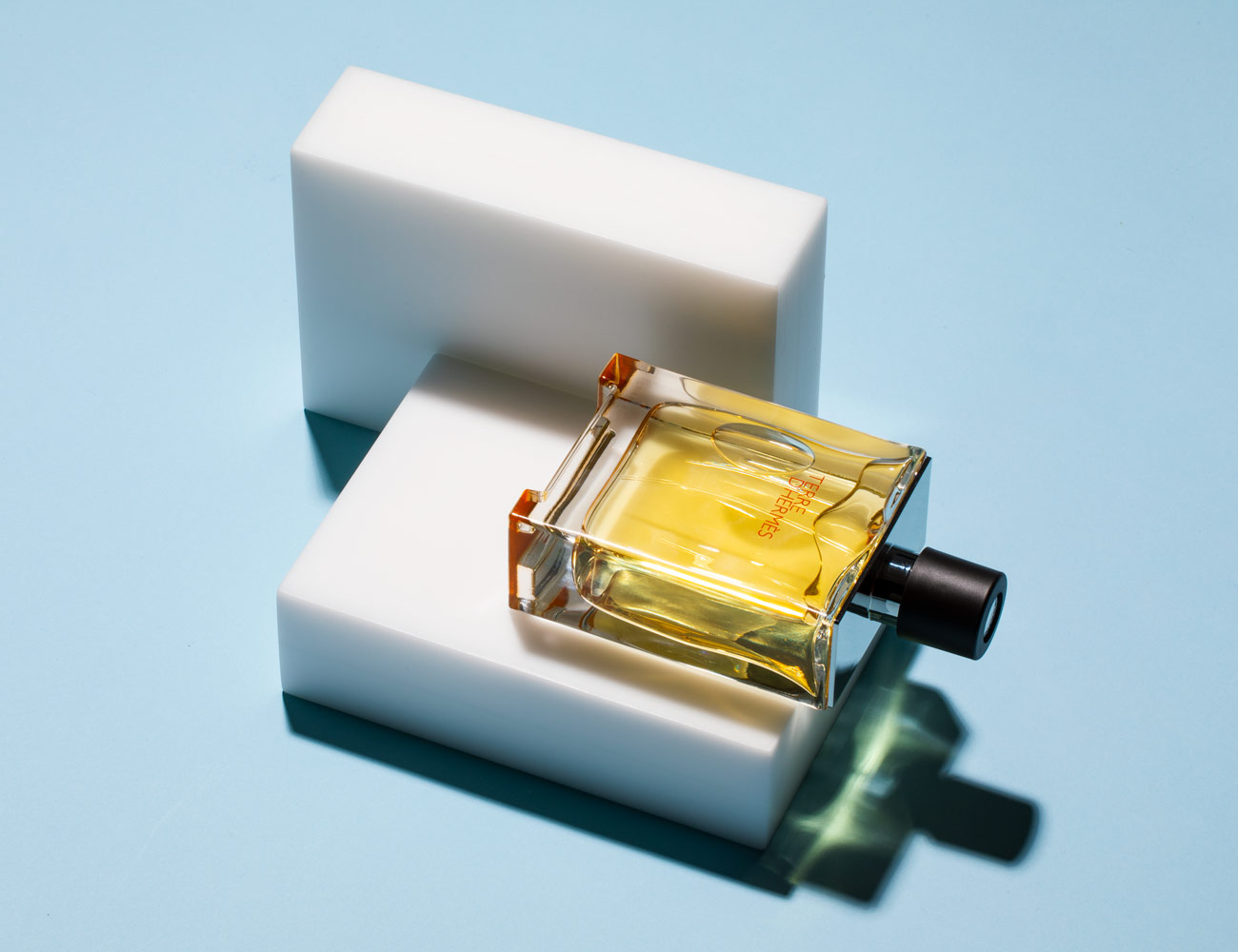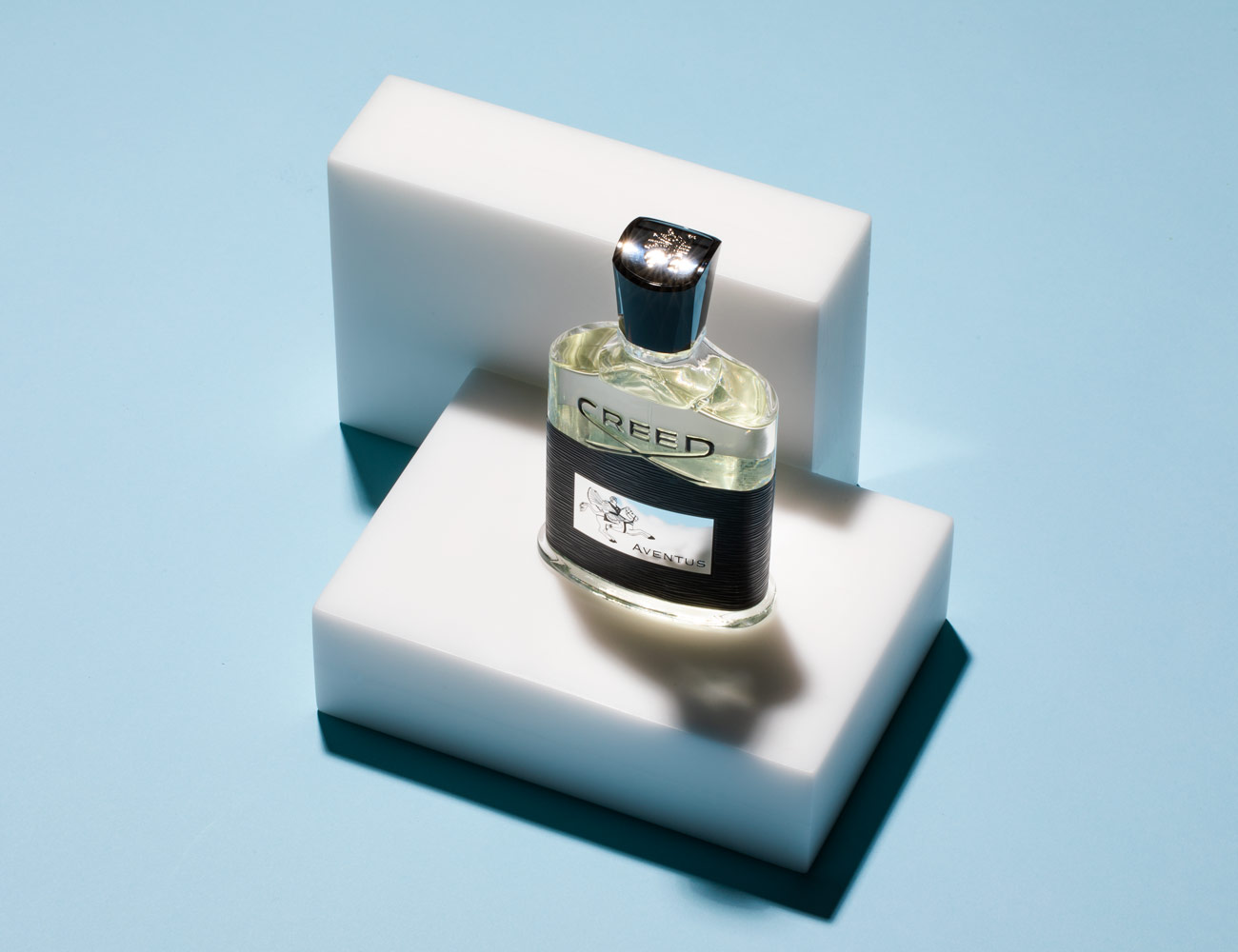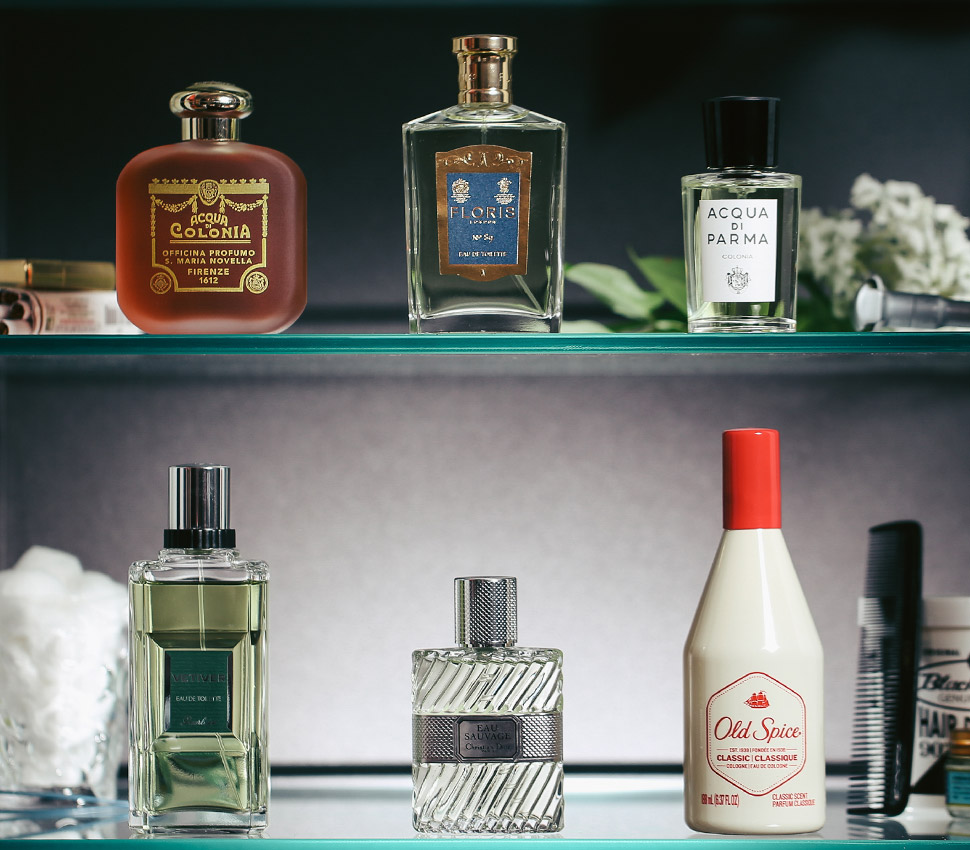How to Take Care of Your Combination Skin
Do you feel like you’re caught in the middle when finding a skincare routine that works for you? Normal moisturizers can hydrate certain areas while leaving others prone to breakouts. Cleansers can help with excess oil on the forehead and nose, but can also dry out the cheeks. If you’ve struggled with these problems, more likely than not, you have combination skin. As the name suggests, this type of skin has some areas that are more oily while other areas are drier.
Someone with combination skin should be mindful of this duality — and tailor their skincare routine accordingly. To help formulate the right plan of action, we talked to board-certified dermatologist Jeremy Fenton, who was selected by the Mt. Sinai Dermatology Department as teacher of the year.
How to Know if You Have Combination Skin
Combination skin is very common because certain areas (like the T-zone) naturally produce more oil than other areas. “Somebody with combination skin often feels as though they have to choose between their cheeks being too dry or their T-zone being too oily,” Fenton said. “If you notice oily skin a few hours after washing your face, but your cheeks need moisturizer, that’s a sign of combination skin.”
Common Problems Combination Skin
One of the most common problems for people with combination skin is the possibility of having acne flares while simultaneously having dry skin. “The issue for these patients is that they can’t use a lot of the acne medications because they can be drying,” Fenton said. “If you dry the skin out too much, it can make the acne flare when the skin gets irritated.” If you experience this uncomfortable juxtaposition, Fenton suggests finding a topical acne medication that won’t dry the skin out too much.
On the flip side, people with combination skin often use a moisturizer that is too heavy or greasy when trying to care for dry skin, leading to an oily-looking T-zone and acne flares. To preemptively fight this, Fenton suggests being a little more selective with your moisturizer. “Choose a lighter moisturizer that is non-comedogenic or perhaps a moisturizer that has some salicylic acid in it, as this will help to moisturize while also fight acne.”
The Best Morning Routine for Combination Skin
Start your routine with a foaming cleanser that isn’t overly harsh, but can still help reduce oil (like the CeraVe Foaming Face Cleanser or Neutrogena’s Ultra Gentle Daily Cleanser). For combination skin, the technique is key. “When washing, focus more on the T-zone and just allow some of the water with cleanser to run over the other areas,” Fenton said. After drying, apply an antioxidant serum — like the CE Ferulic serum from SkinCeuticals — if desired before moisturizing.
“Moisturize only the dry areas, and leave the T-zone or oily areas without moisturizer if it isn’t needed.”
Depending on your skin, there are two options to best moisturize your face. “Moisturize only the dry areas, and leave the T-zone or oily areas without moisturizer if it isn’t needed,” Fenton said. “Another option is to use two moisturizers: a thicker cream for the cheeks and a lighter lotion for the T-zone.” Look for a lightweight, non-comedogenic moisturizer like Neutrogena’s Hydro Boost Water Gel or Neutrogena’s Oil-Free Moisture. Being non-comedogenic, these moisturizers won’t clog your pores and lead to unwelcomed breakouts. If your face needs a thicker cream for drier areas, consider picking up Cetaphil’s Moisturizing Cream.
Lastly, apply a zinc oxide sunscreen. “Most people with combination skin will choose a lighter sunscreen such as Elta UV Clear, but others with drier skin may want something that has a thicker texture such as TiZo Ultra Zinc Sunscreen,” Fenton said.
The Best Nighttime Routine for Combination Skin
Before bed, wash your face with a gentle foaming cleanser, focusing on the T-zone areas while being exceedingly gentle on the cheeks and dry areas. Post-cleansing, you can opt to exfoliate if you would like. Just make sure to use a chemical exfoliant such as glycolic acid and only do it one to three times a week (as your skin can tolerate). “You can focus on the T-zone here as well, as this is likely where your pores appear larger, and the exfoliation can improve the appearance of those,” Fenton said.
After you dry your face, apply a moisturizer in the manner mentioned above: a lightweight, non-comedogenic moisturizer for only the cheeks and drier areas, or a thicker cream for the cheeks and a lighter lotion for the T-zone.


